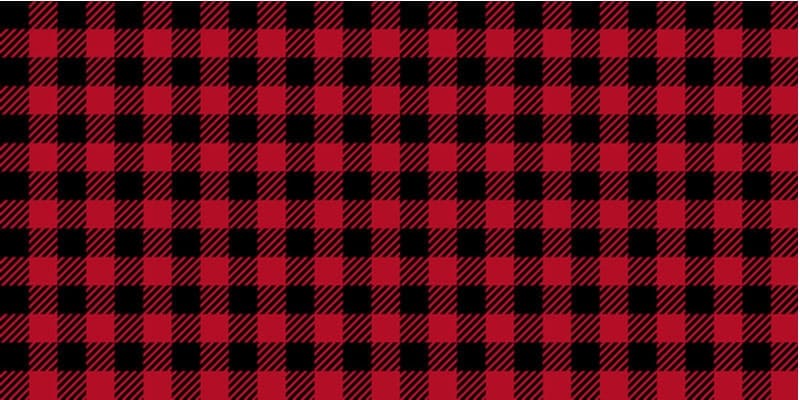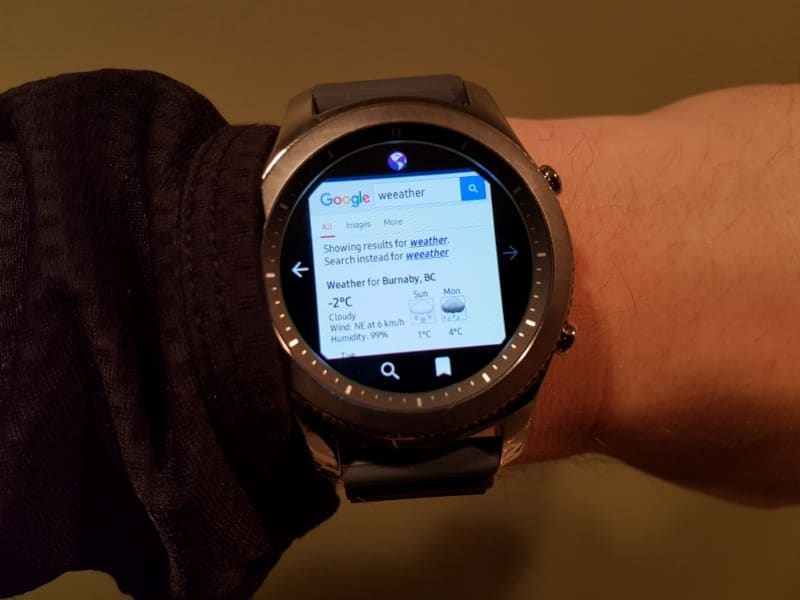Twill is a type of weave. It is used to make many types of fabric, including denim, flannel, and chino. Twill weave is durable, stain resistant, and water resistant. Cotton, polyester, blends, and silk are commonly used to create twill fabric.It is used to make sheets, clothing, and upholstery
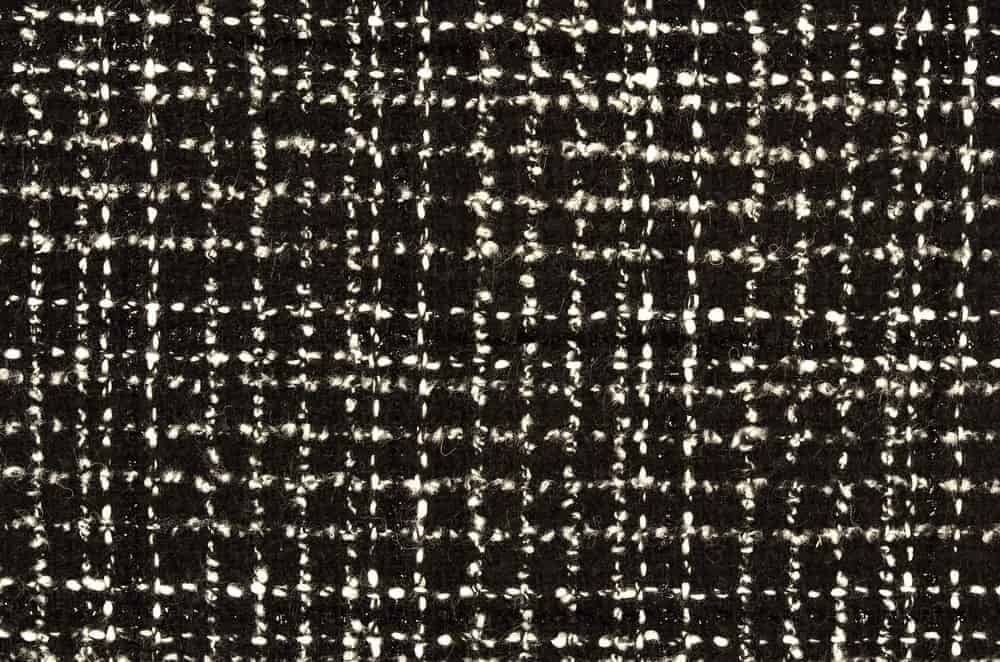
What comes to mind when you hear the world twill? Most people believe twill to be a type of fabric often used to make twill pants. Here’s where it gets interesting. Chinos and denim jeans are also types of twill pants. In fact, twill can show up in handbags, furniture coverings, and many other things.
Confused yet? Let me explain. Twill is not a type of fabric. Instead, it is a type of weave. So it can be used for many purposes with many different materials. You’ll be surprised to learn how much twill you encounter in your day to day life. You just didn’t know what it was.
Contents
- What is Weaving?
- Even Sided Twill
- Warp Faced Twill
- Types of Twill Material
- Poplin vs. Cotton Twill
- Top Twill FAQs
- Is Corduroy a Type of Twill Fabric?
- What Is Twill Tape?
- How Much Does Twill Fabric Cost?
- When Should I Wear Twill?
- What is the Difference Between Chinos and Denim?
- Are Twill Pants Dress Pants?
- How Do You Care for Twill Pants?
- Does Twill Weave Work Well for a Wall Hanging?
- What is Twill Used for Other Than Clothing?
What is Weaving?
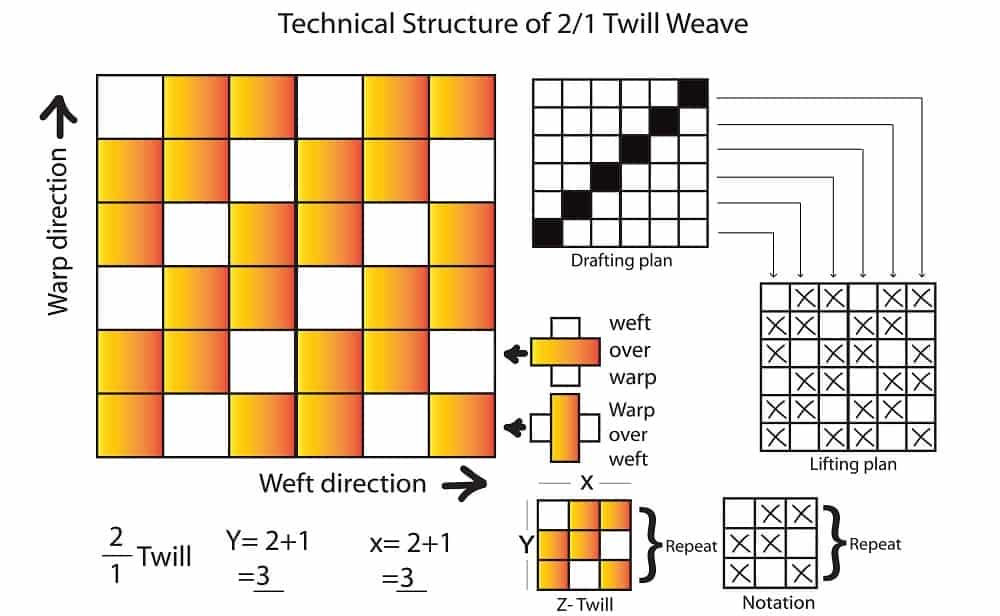
There are three types of basic weave. They are plain, satin, and twill. Fancy, and more expensive, types of weave include pile and Jacquard. Before we get into the differences between these types, let’s take a look at what weave actually is.
The weave is simply the way threads are put together to create fabric. Of course, the weave can also be used to describe other things. A spider weaves a web. A person weaves a story. In all cases, the basic principle remains. It’s a way of combining small individual pieces to create a larger more meaningful whole.
Woven fabric has two lengths of yarn. They are usually woven with a loom, but knitting and crocheting are also forms of weaving.
Lengthwise pieces are called the warp, while the crosswise pieces are called filling, or weft.
Another aspect of weaving is closeness. Yarn count determines whether it is tight or loose. Generally, tighter weaves are considered higher quality.
Sheets are a perfect example of this. There’s a world of difference between 200 and 800 count sheets. 200 count sheets are stiff and scratchy. 800 count sheets are soft and satiny.
In plain weave, the filling yarn goes over and under the warp yarn. The shine of satin weave is created by exposing more warps than filling. Both types of weaves use a straight pattern.
Twill weave uses a diagonal pattern which creates diagonal ridges known as wales. They can run from the upper right to the lower left side of the fabric, or the upper left to lower right.
Twill can be divided into two types, even-sided and warp-faced.
Even Sided Twill

Even sided twill is reversible, meaning it appears the same on both sides. It exposes equal amounts of warp and fill.
Even sided twill fabric includes:
- Surah
- Serge
- Herringbone
- Houndstooth
- Flannel
Surah
Surah is a right-hand twill weave with the diagonal pattern visible on either side of the fabric. It was a popular twill weave in the 1800s.
It was then used for dresses and coats. It’s still around today. It’s used often used for silk ties, scarves, dresses, and lingerie when it’s made from silk. It’s also used with a heavy synthetic yarn as an upholstery fabric.
Serge
Serge twill has diagonal lines on both sides of the fabric. It is used to make military uniforms, coats, and suits. Silk serge is often used for lining coats.
Herringbone
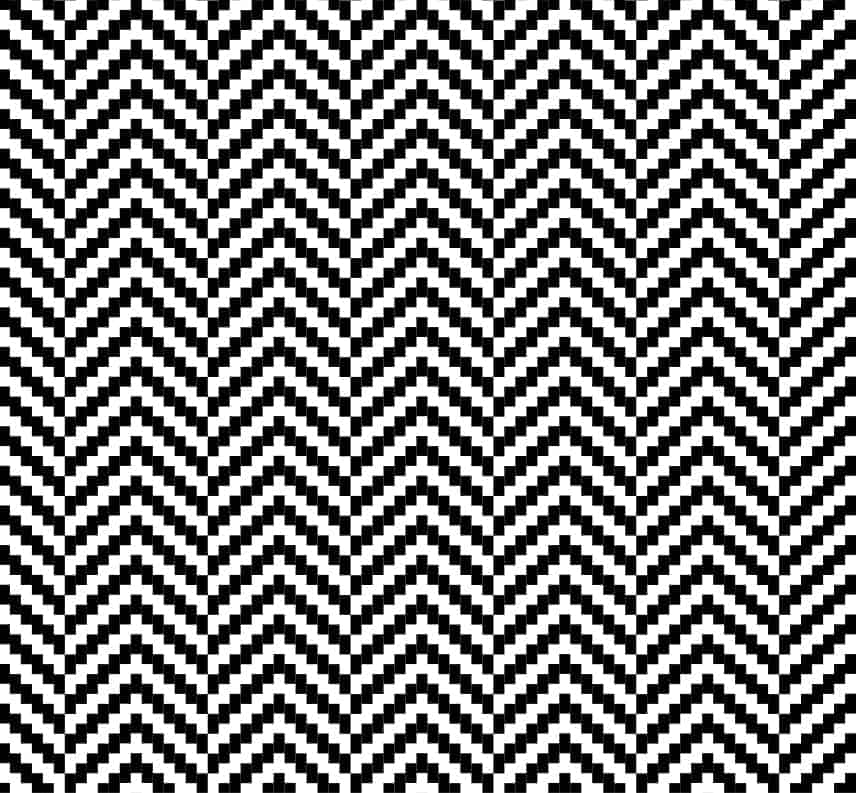
Herringbone is one of the most popular types of twill weave used today. It’s also known as broken twill. It has a v pattern that looks like a broken zig-zag. It is usually created with wool yarn, and is used for suits and outwear.
Houndstooth
Houndstooth creates a broken checkered pattern or four points similar to a hounds tooth. It was traditionally black and white, but it can be found in many colors today. It’s used in a wide variety of fabrics, including dresses, shirts, and outerwear. It’s also popular in purses and bags.
Flannel
Flannel is known for its warmth, softness, and plaid pattern. This twill weave is created with cotton. It is often napped, which makes the fabric softer.
It is a loose weave, which allows air in the empty spaces This is what gives flannel its warmth. The effect is similar to layering clothes, which allows pockets of air between the layers of cloth.
Warp Faced Twill
With warp-faced twill, the more warp yarns appear on the face, or front of the fabric, and more weft thread is seen on the back.
Warp faced twill weave includes:
- cavalry twill
- chino
- denim
- fancy twill
- gabardine
- twill lining
Cavalry Twill
Cavalry twill has diagonal lines that go one way. It is often made with wool yarn and used for heavy overcoats. It can also be made from cotton.
The fabric is very durable and is used for riding breeches, military uniforms, and trousers. It is typically khaki-colored.
Chino
Chino is a type of cotton twill fabric. Trousers are often referred to as chinos, but technically, chino pants are made from chino fabric.
Denim
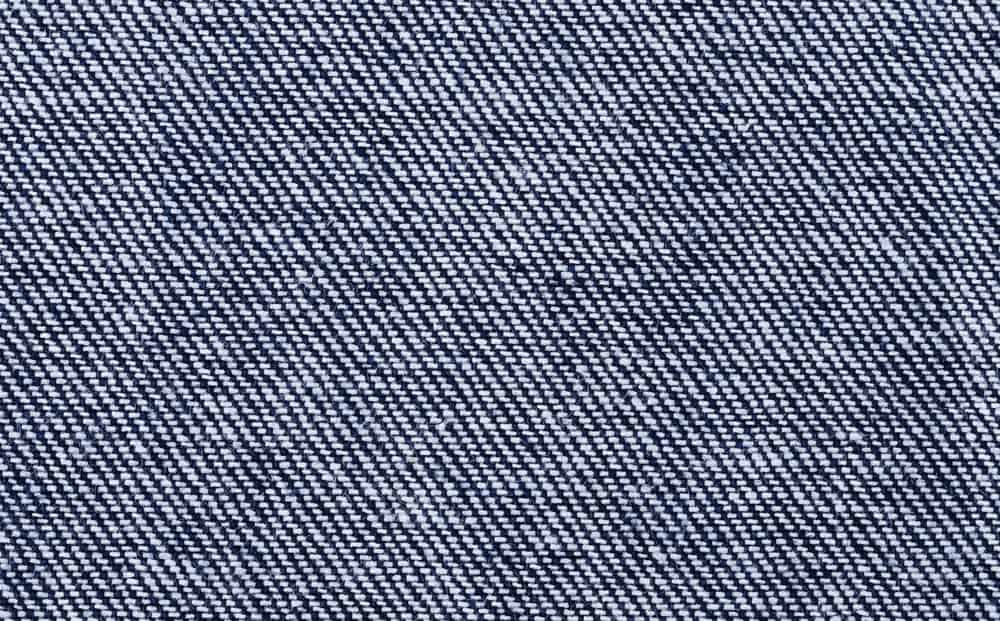
Denim is another type of pants made from cotton twill fabric. Traditional blue denim pants are created by dying the warp yarns and leaving the weft yarns colorless or bleaching them. This creates the signature blue and white pattern and texture that is beloved for its comfort and durability.
Fancy Twill
Fancy twill weave has a regular twill weave and then other twill lines that run in the opposite direction, small spots, or other small weaves.
Gabardine
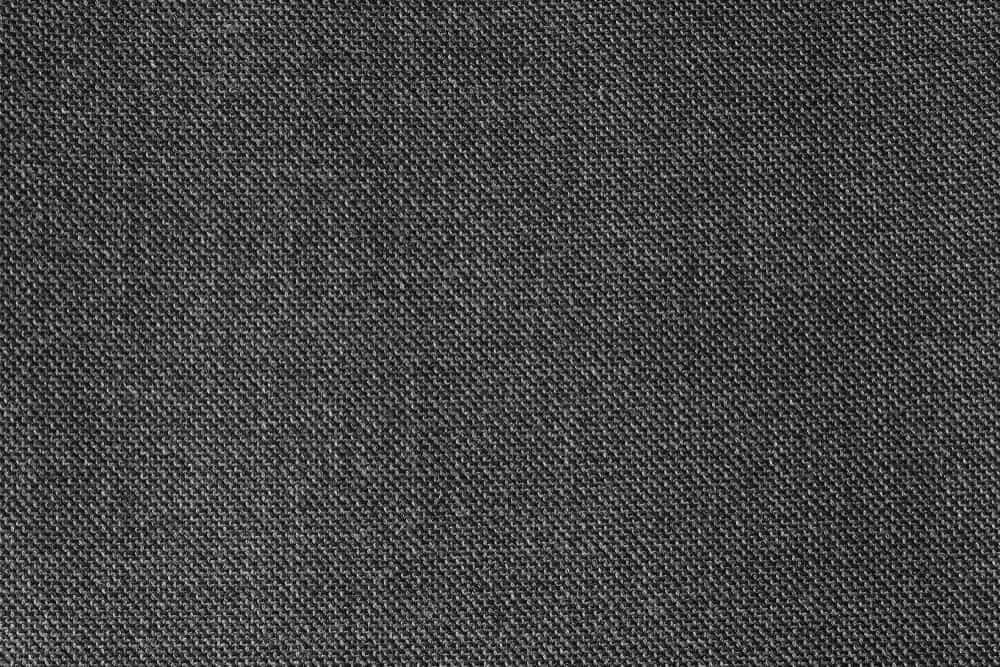
Gabardine is often used for suits and outwear. In fact, it was created by Thomas Burberry. The weft is only visible on the back, so the lower quality yarn can be used for the weft without reducing the look of the fabric.
Gabardine drapes well and doesn’t wrinkle easily. It’s has a slight sheen, making it a great choice for men and women.
Gabardine is typically made with cotton or wool, but it can also be made with silk. Silk gabardine is a lightweight twill fabric with beauty and durability.
Twill Lining
Linings are used in many clothes. They make the garment more comfortable to wear, allow it to hang better, and make it more durable.
Twill lining is often used in coats. It creates a smooth surface to come into contact with skin and gives the garment a better shape.
Types of Twill Material

The type of twill material depends on what is used to make the fabric.
Types of fabric used to create twill material include:
- Cotton twill
- Polyester
- Cotton/polyester blend
- Wool
- Silk
Cotton Twill

Cotton twill can be used to create denim, chinos, and drill. Chinos are a smooth medium weight fabric, while denim and drill are heavy.
The drill is often used in work pants, uniforms, and outerwear because of its durability and comfort.
Polyester and Blends
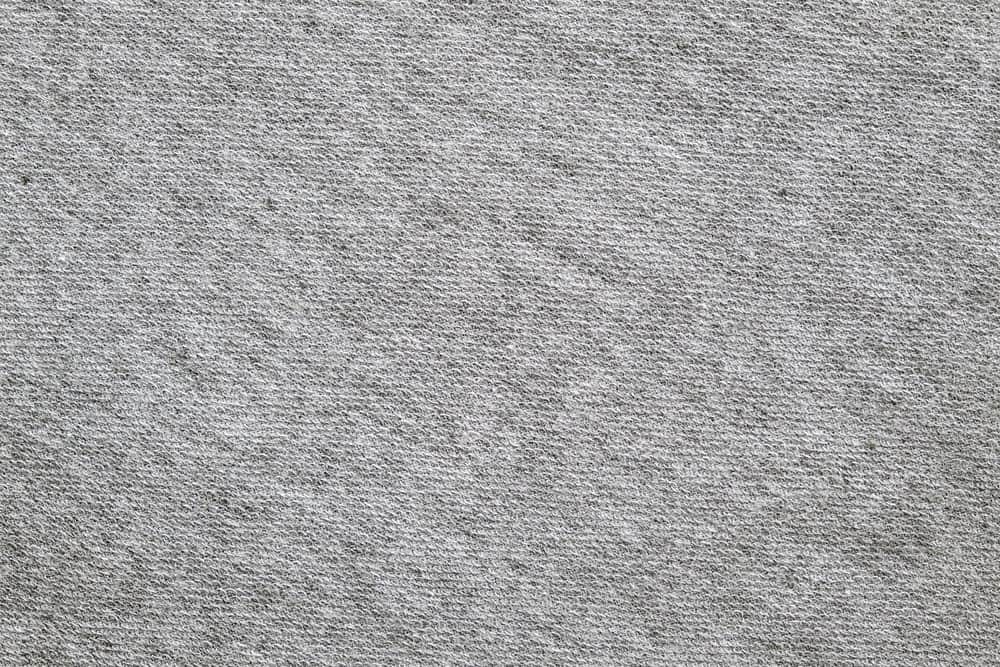
Polyester is a smooth and lightweight twill fabric. It is smooth and is easy to care for. It dries quickly and is resistant to shrinking. However, it lacks breathability. Polyester is great for aprons, pillowcases, tablecloths, and uniforms.
Blends are a mix of polyester and cotton twill. This blend is very comfortable, wrinkle-resistant, easy to iron. It’s also more absorbent and breathable than polyester alone.
Wool
Wool has excellent insulating properties while offering a polished look perfect for a professional when used in suits. It’s also used to make outwear. The twill weave is stain resistant and durable, so it’s a good investment.
Silk
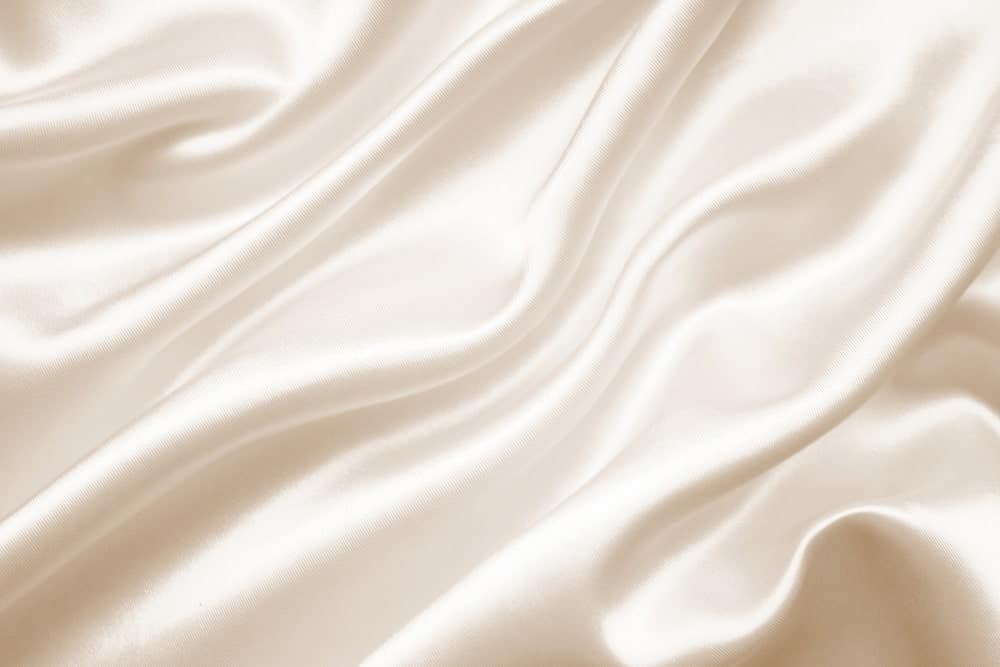
Silk twill is used to create scarves, neckties, lingerie, and women’s blouses. It’s made from silk, so it is very soft and lightweight. Depending on the closeness of the weave, it can be soft and drape well or be crisp.
Poplin vs. Cotton Twill
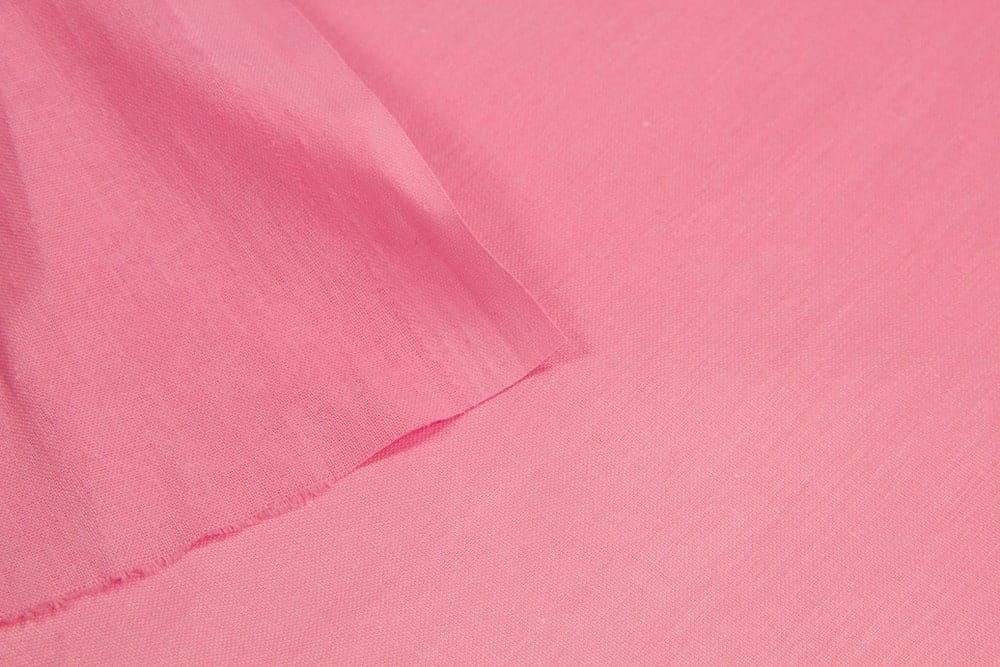
Poplin is made from plain weave fabric. The warp and weft thread have different thicknesses. It has subtle ribs and a tight weave.
Poplin resists stains. It has a slight sheen, and it cuts and drapes very well. It’s often used in dress shirts, blouses, and dresses. It can also be used in upholstery.
A twill shirt and a poplin shirt have some similarities, particularly if it’s a lightweight twill fabric. Both resist stains. They are both soft and durable, but twill is usually the heavier of the two.
Top Twill FAQs
Is Corduroy a Type of Twill Fabric?
Corduroy can be made from twill or plain weave. The signature of corduroy is the vertical wales. These wales are tufted to create the soft velvety texture the fabric is known for.
What Is Twill Tape?
Twill tape is actually a type of ribbon. It has a herringbone twill pattern. You’ll find it in a range of colors, widths, and lengths like other types of ribbon.
Twill tape is sturdy and durable. It’s perfect for stabilizing seams on clothing, particularly when they are made from lightweight materials.
It can also be used to make handles for handbags, clothing labels, bunting, and simply to add decoration to a seam.
How Much Does Twill Fabric Cost?
The price of twill will depend on the amount purchased and the material twill is made of. For typical cotton twill, prices range from $6-$12 a yard.
When Should I Wear Twill?
You can, and should, wear twill nearly anytime. You can go casual with denim jeans or khakis. Men and women can wear twill dress shirts and blouses. Suits, dresses, and skirts can also be made from twill.
Twill is typically a medium or heavy material, so it’s not the best choice for summer, particularly for shirts.
What is the Difference Between Chinos and Denim?
The biggest difference between denim and chinos is the thread that’s used. Both are typically made from cotton, but denim is made with thicker threads than chinos.
Denis is usually blue, and chinos are traditionally khaki-colored. However, today, both fabrics come in a wide variety of colors.
Are Twill Pants Dress Pants?
This depends on the type of fabric used to create the twill weave. Chinos are a great choice for business casual. For the business professionals, twill suit pants have a polished look.
How Do You Care for Twill Pants?
This will depend on the specific type of material. Generally, you should wash them in cold water and lay them flat to dry. You may be able to tumble dry on low or no heat.
One way to make your clothes last longer is to wash them less. Most pants should be washed after 2-3 wears as long as they aren’t visibly dirty. If you want to freshen them between washes, putting them in the freezer overnight will kill any bacteria and odor.
Does Twill Weave Work Well for a Wall Hanging?
Twill weave can make a beautiful wall hanging. It’s durable enough that it will look great for many years. Many interesting patterns can be created using this type of weave. It hangs well, just as it drapes well when used in clothing cloth.
What is Twill Used for Other Than Clothing?
As we learned at the beginning of this article, twill is everywhere. It has many uses in the home. It can be used to make curtains, tablecloths, sheets, bedspreads, towels, and even carpet. Its versatility means it’s also a great choice for covering the upholstery, including couches and chairs.

